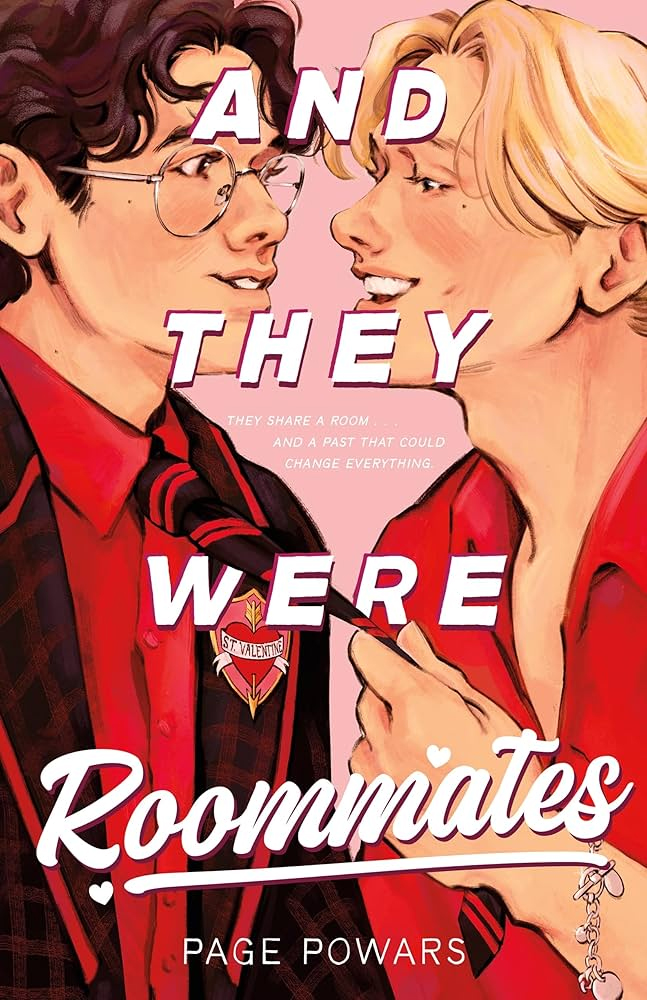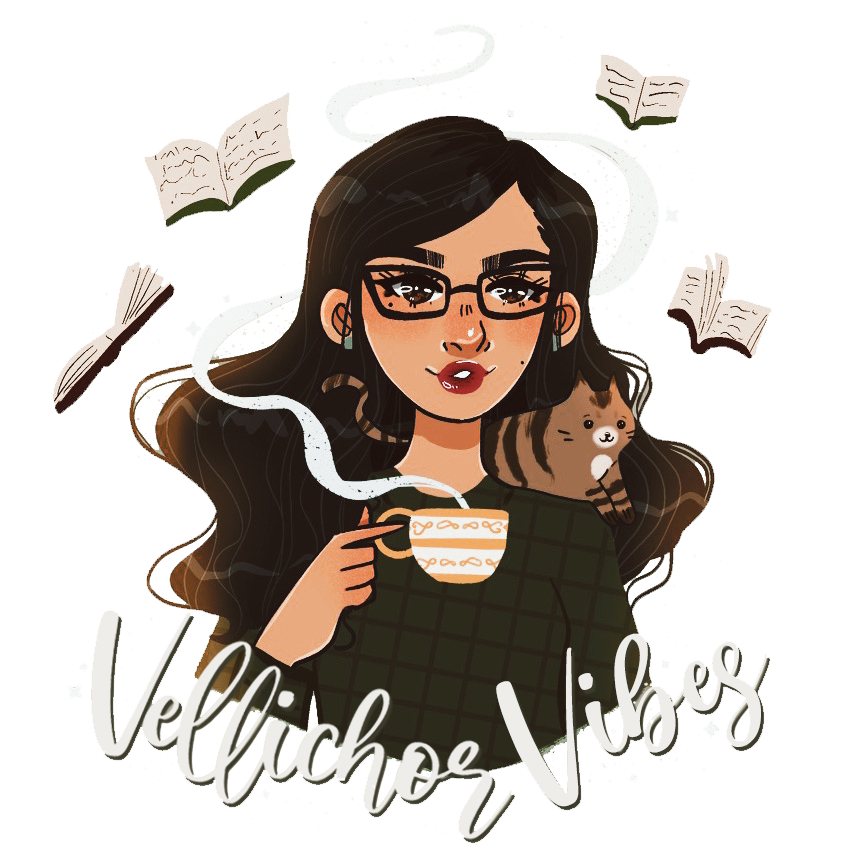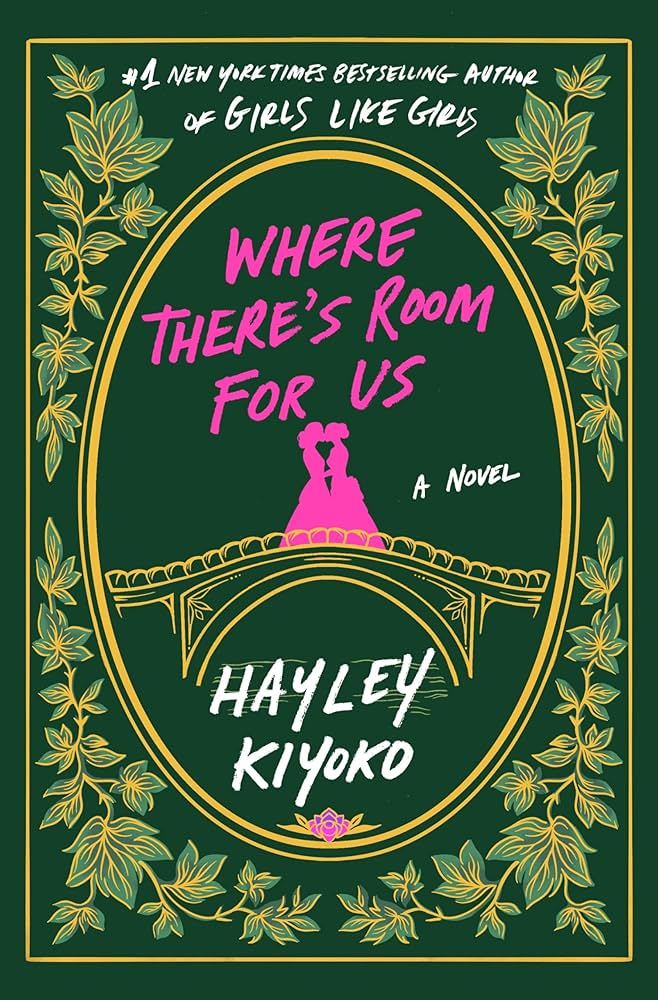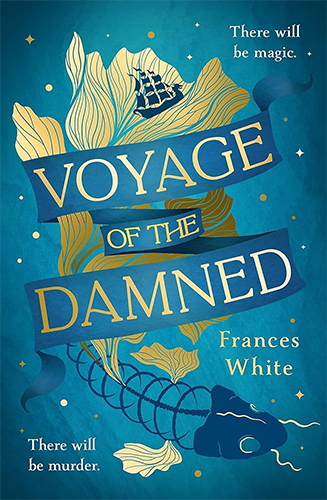And They Were Roommates by Page Powars is a YA romantic comedy set at an all-boys boarding school, wrapped in Valentine’s Day antics, secret love letters, and the heightened emotions of being 16 and figuring yourself out. I went into this one with high expectations, partly because I love most things associated with the meme the title originates from, and partly because of the trans representation at its center. And we get all of that! This book is charming and genuinely sweet, but it’s also uneven, overly silly at times, and emotionally thinner than I wanted it to be. I kept wishing it would go deeper and let the characters linger in some of the heavier, more real moments instead of constantly playing to the bit.

I’d been drawn to those boys because I wanted to be a boy. Because I was a boy.
Page Powars, And They Were Roommates
One of the strongest aspects of the book is Charlie as a protagonist, particularly in how his internal anxieties are portrayed. Powars does a good job capturing the hypervigilance that can come with being trans in spaces that don’t always feel safe or fully welcoming. Charlie’s fear isn’t rooted in shame about who he is, but in the very real concern of being scrutinized, questioned, or denied the ability to exist comfortably as himself
Jasper, on the other hand, was where the romance really lost me. As a love interest, he often came across as more irritating than intriguing, and I struggled to understand what originally drew Charlie to him so strongly. The book hinges on their shared past at summer camp and frames their relationship as a meaningful second-chance romance, but when that first chance happened at 13, it’s difficult to buy the depth and permanence of that bond. I tend to be skeptical of second-chance romance in YA for this reason, and this book didn’t quite convince me otherwise. The emotional stakes felt inflated without enough concrete backstory to support them.
Love is never not scary. It’s a matter of whether you’re enjoying that fear.
Page Powars, And They Were Roommates
Tonally, this novel leans hard into whimsy. The Valentine Academy setting, the anonymous love letter delivery service, and the heightened drama all gave me strong K-drama, J-drama, and even manga vibes (I kept thinking of Hana-Kimi!). That aesthetic can be very fun, and at times it absolutely worked. I loved the classic all-boys boarding school atmosphere, but that sense of contained chaos taken together sometimes overwhelmed the emotional throughline. Too many subplots were introduced, and not enough of them received satisfying closure by the end.
The love-letter premise is a good example of this. Charlie and Jasper writing anonymous romantic letters for their classmates creates plenty of angst and comedic mishaps, but the plot never quite lands its point. I expected the story to resolve this either by empowering students to write their own letters or by fundamentally changing the relationship between the two campuses. Instead, the thread simply fizzles out, leaving me unsure what the point was, beyond fueling drama.
Overall, And They Were Roommates is sweet, sincere, and full of queer joy. Readers who love exaggerated rom-com energy, boarding school settings, and lighthearted YA romance may have a great time with it. For me, though, the characterization needed more grounding, and the romance never really earns its emotional payoff. Still, I’m glad this book exists, and I hope it finds the readers who will adore it.
Thank you to NetGalley and Roaring Brook Press / Macmillan Children’s Publishing Group for sharing an advanced reader copy of this book in exchange for an honest review.




